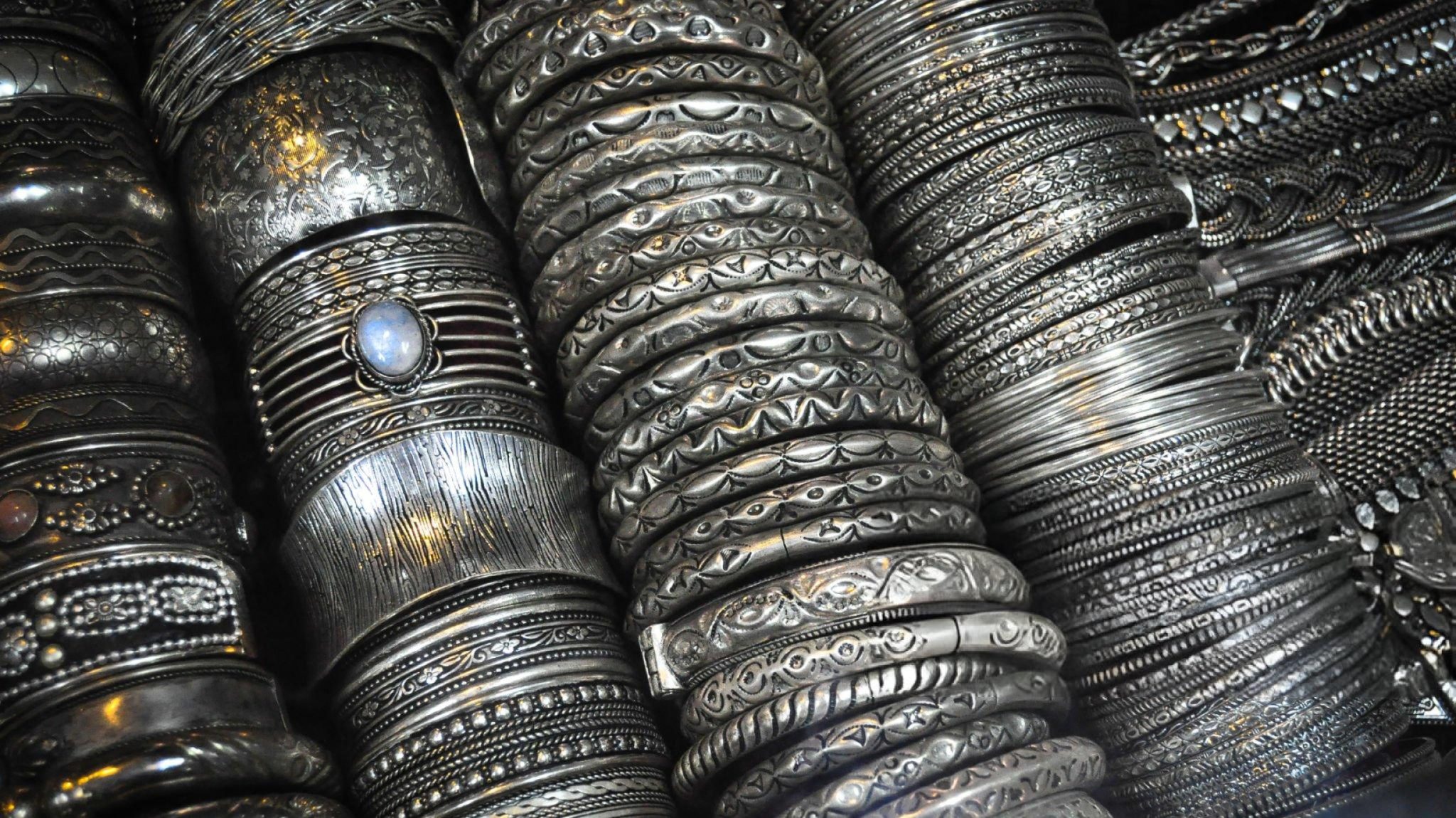Silver: Regains $32 but remains vulnerable
Recent performance and key influences
Silver prices recently regained ground to close at $32, driven by bargain hunting and corrective movements in U.S. yields. However, this rally came after significant losses in previous trading sessions. On November 6, spot silver plunged by around $2 to reach $30.82—its lowest point since mid-October. This sharp decline followed the U.S. presidential election, which saw Donald Trump elected as the 47th President of the United States. Investors reacted to Trump’s economic policies, which emphasize strong growth and heavy tariffs on imports, especially from China. The U.S. Dollar Index surged to 105.44, its highest level since July, and U.S. bond yields rose on concerns of increased borrowing and a potentially worsening fiscal deficit. Both factors contributed to silver’s initial sell-off.
On Thursday, silver rebounded strongly by 2.76% as investors seized the opportunity to buy at lower levels. The price recovery was supported by yields correcting downward following the Federal Reserve’s recent monetary policy decision.
Impact of dollar index and U.S. yields
The 10-year U.S. Treasury yield spiked to 4.48% on November 6, signaling investor concern over potential inflation and increased government borrowing. However, on November 7, yields declined slightly as market expectations shifted toward a more dovish stance from the Fed. As yields fell, the Dollar Index—which had jumped to its highest point since July at 105.44—also pulled back. Lower yields generally make dollar-denominated assets like silver more attractive for investors outside the U.S., aiding silver’s recovery.
International developments and data
Several global economic events have added complexity to silver trading. The Bank of England recently lowered its benchmark rate by 25 basis points to 4.75%, while cautioning against any rapid rate cuts in the future given the UK’s budget constraints and inflationary pressures. The Bank’s decision has caused bond yields to rise in the UK, demanding higher rates to compensate for increased government borrowing.
In the U.S., labor cost data showed a 1.9% rise in the third quarter, while second-quarter figures were revised higher to 2.4% from an initial 0.4%. This labor data complicates the Fed’s potential to cut rates further, as higher labor costs could stoke inflation. Initial jobless claims for the week were recorded at 221,000, in line with pre-COVID levels, and continuing claims rose to 1.892 million, indicating a slight softening in the labor market.
Fed rate decision and future outlook
The Federal Reserve’s recent rate cut of 25 basis points was aimed at supporting economic goals amid concerns of a slowing global economy. However, Fed Chair Jerome Powell underscored that the rate cut should not be viewed as a signal for future reductions. Powell emphasized that the economy is robust, and while some downside risks have diminished, the Fed remains flexible with its approach. The Fed’s cautious stance on further rate cuts has set the stage for possible fluctuations in bond yields as growth expectations evolve.
Upcoming U.S. data, including the University of Michigan Consumer Sentiment Index and inflation expectations, will be crucial for determining silver’s short-term trend. Next week’s release of the U.S. Consumer Price Index (CPI) and Producer Price Index (PPI) will also provide insights into inflationary pressures, which could significantly impact silver prices.
India’s silver demand surge
India, one of the largest consumers of silver globally, recorded its highest demand in two decades during the Dhanteras-Diwali festival period. According to the India Bullion & Jewellers Association, silver purchases reached 220 tonnes, a 37% increase from last year’s 160 tonnes. This surge in demand could support silver prices by tightening global supply, particularly if U.S. yields and the dollar remain stable.
ETF holdings and COMEX inventory
Total known global silver ETF holdings have fallen to 738.595 million ounces, the lowest level since late October. However, COMEX silver inventories increased to 310.913 million ounces on November 6, marking a high not seen since last year. These inventory levels suggest a cautious outlook, with traders closely watching inventory shifts for potential price impact.
Trading strategy and key levels
Despite the Fed’s dovish tilt, inflation concerns and global economic uncertainties are keeping silver vulnerable. Experts recommend a cautious approach, suggesting that rallies may be an opportunity to sell, especially if China’s upcoming economic stimulus fails to meet market expectations. In the immediate term, silver is expected to test support at $31.75, with additional support levels at $31 and $30.80. Conversely, resistance levels are identified at $32.50 and $33.25.
In summary, the silver market remains highly sensitive to macroeconomic data and geopolitical events, particularly U.S. economic indicators, dollar movement, and industrial demand signals from China. Traders should keep a close eye on these developments to make informed trading decisions in the coming days.







